General Landscape Uses: Large shade tree in coastal areas. Formal or informal hedges. Also useful in buffer plantings.
Ecological Restoration Notes: A key element of coastal forests, especially along the windward edge of maritime hammocks.
Description: Medium to large tree with a rounded crown, often branching close to the ground. Trunks becoming massive, 1 1/2 feet in diameter or more. Bark light brown, splotchy. Leaves thick, large, roundish, 6-12 inches in diameter, with prominent red veins on both sides, brightly colored when emerging and just before falling off.
Dimensions: Typically 10-50 feet in height; to 62 feet in South Florida. Often broader than tall.
Growth Rate: Moderate.
Range: Monroe County Keys north along the coasts to Brevard and Pasco counties, now spreading north and into the interior; Bermuda, West Indies, Mexico, Central America and South America.
Habitats: Coastal hammocks and thickets.
Soils: Moist, well-drained sandy or limestone soils, with humusy top layer.
Nutritional Requirements: Moderate; can grow in nutrient poor soils, but needs some organic content to thrive.
Salt Water Tolerance: Moderate; tolerates brackish water or occasional inundation by salt water.
Salt Wind Tolerance: Secondary line; tolerates significant salt wind without injury, but usually is somewhat protected.
Drought Tolerance: High; does not require any supplemental water once established.
Light Requirements: Full sun.
Flower Color: Greenish-white sepals with creamy-white petals.
Flower Characteristics: Semi-showy, borne on long racemes, 6-14 inches long. Essentially dioecious, with male and female flowers on different plants; sometimes male trees bear a few sterile fruits.
Flowering Season: All year; peak spring-summer.
Fruit: Berry-like achene, purple when mature. Edible, 3/4″ long.
Wildlife and Ecology: An extremely important component of coastal ecosystems and one of the most salt tolerant native trees. Provides moderate amounts of food and cover for wildlife. Nectar plant for Florida duskywing (Ephyriades brunneus), julia (Dryas iulia), Schaus’ swallowtail (Papilio aristodemus ponceanus), the introduced fulvous hairstreak (Electrostrymon angelica), and other butterflies, and attracts bee pollinators. Larger wildlife eat the fruits.
Horticultural Notes: Can be grown from de-pulped seed. Plant immediately; the seeds do not store well. Germination is in 1-2 months or more.
Comments: This is a very broad spreading tree – acting most often like a giant shrub. Forests of seagrape trees are sculpted by wind along the coast. The fruits can be used to make jelly.

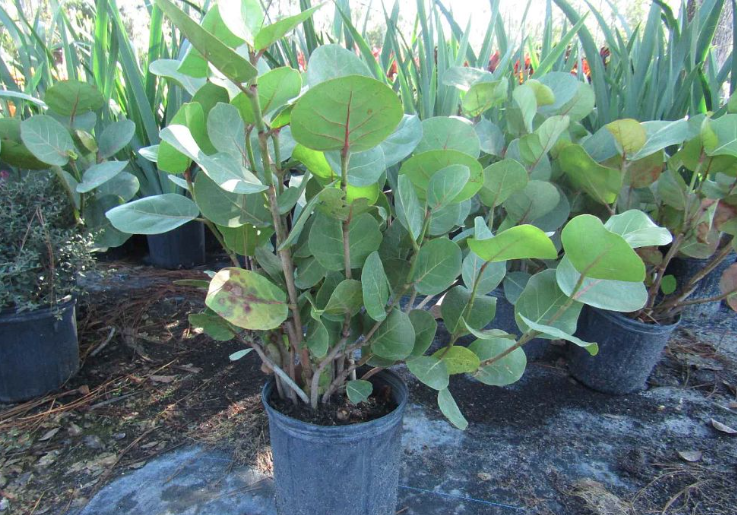
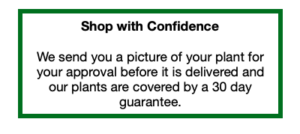
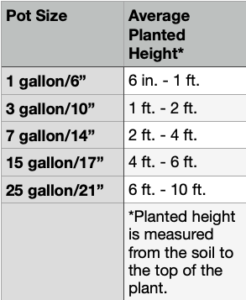
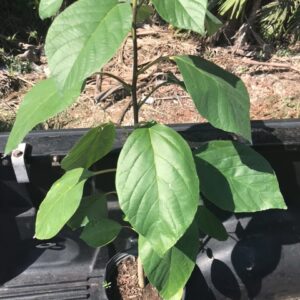
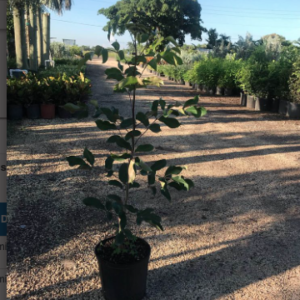
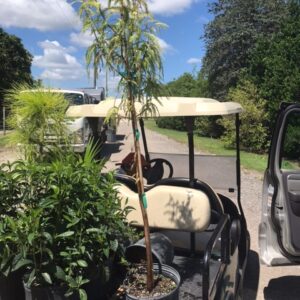
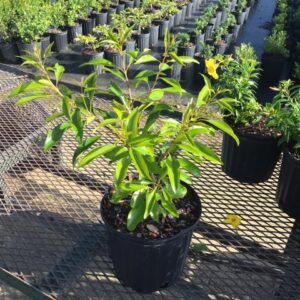
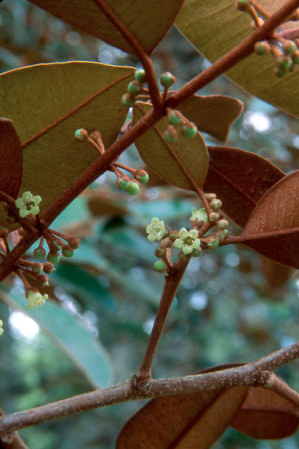

Janice Rice-Carrillo –
Tracking was better than previous order. I knew approximately when the plants would be delivered. The quality of the plants was outstanding. Very, very healthy. We haven’t planted them yet, but the ones in our previous order were not root bound at all. I’m pleased with this business!